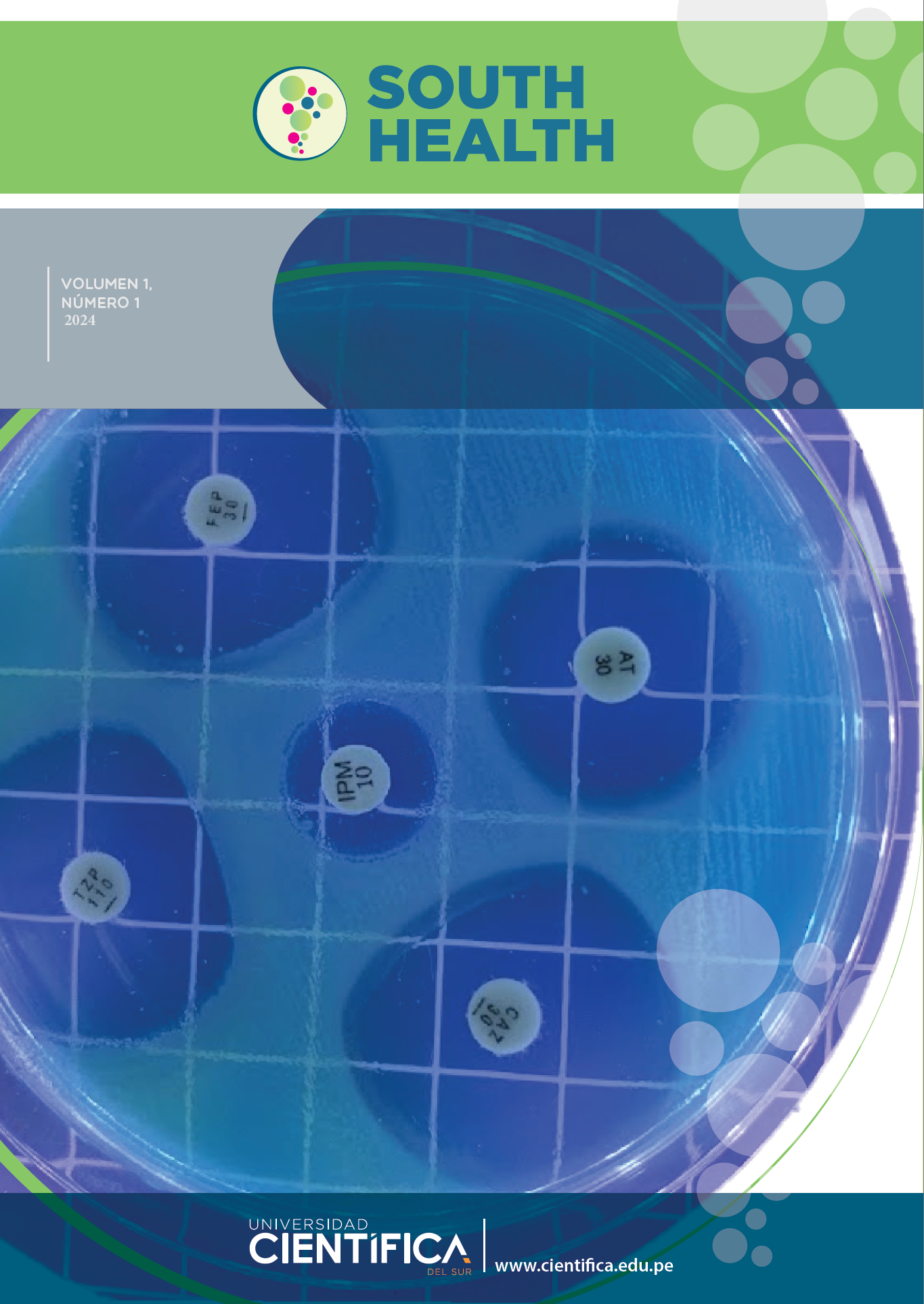Estrés medioambiental, diferenciación celular bacterianay resistencia a antibióticos
DOI:
https://doi.org/10.21142/SH-01-2024-e005Palabras clave:
Estrés ambiental, Farmacorresistencia microbiana, Diferenciación celular bacteriana, Evolución bacterianaResumen
El estrés medioambiental, natural o antropogénico, influencia las células bacterianas, tanto en su forma como en su función. La respuesta general de las bacterias al estrés frecuentemente conlleva cambios en la forma y estructura celular, ya que las bacterias son organismos, con componentes celulares -orgánulos- diferenciados. Estos cambios son de carácter adaptativo para reducir el estrés, y dan lugar a diferenciación celular, esto es, a la emergencia de tipos celulares alternativos con mayor resistencia. Los más relevantes son la esporulación y la filamentación. La diferenciación celular parece muy antigua en la historia de la vida. Probablemente todas las bacterias sufren algún tipo de deformación reversible bajo estrés. Los cambios de forma afectan a la función, influyendo en la topología de las interacciones entre orgánulos y moléculas endocelulares. El resultado es un mayor grado de persistencia o tolerancia, sin cambio genético. Sin embargo, los cambios mutacionales que permiten una adaptación hereditaria podrían favorecerse en condiciones de persistencia. La resistencia fenotípica a la presencia de antimicrobianos probablemente favorece la resistencia a otros cambios medioambientales, y, viceversa, los cambios medioambientales, a través de procesos de diferenciación celular, pueden influir en la resistencia a antibióticos. La confluencia de diferentes tipos de estrés, antropogénicos (como la liberación de antimicrobianos, o metales pesados) o naturales (como cambios en la temperatura o la osmolaridad) suponen un riesgo para la aparición de resistencia a antibióticos, y también para nuevas adaptaciones a cambios medioambientales, y, en todo caso, podría esperarse una aceleración de los procesos evolutivos en el mundo bacteriano.
Descargas
Descargas
Publicado
Número
Sección
Licencia
Derechos de autor 2024 South Health

Esta obra está bajo una licencia internacional Creative Commons Atribución 4.0.








